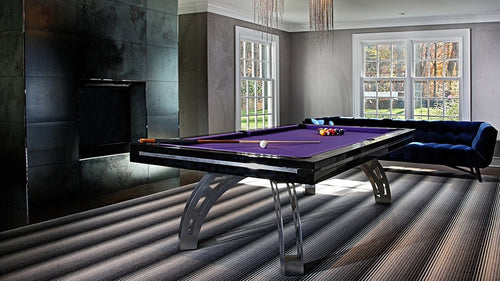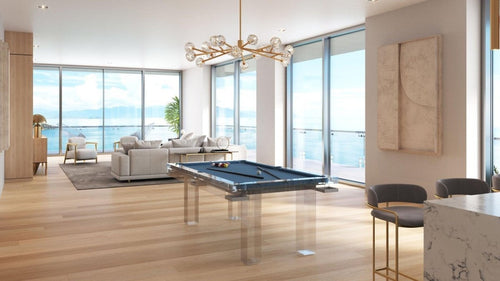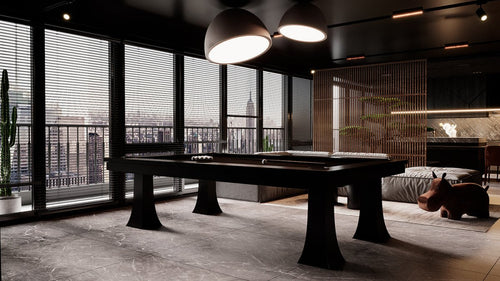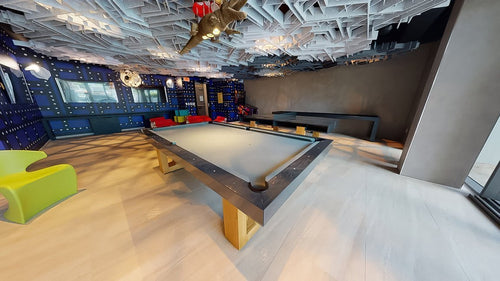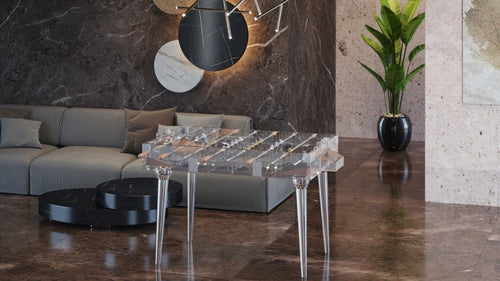Enjoy our modern designs
Estimated Read Time: 9 mins |
The Renaissance in France exemplifies how the revival of classical ideas from Italy was transformed into a uniquely French design tradition. Beginning with the military campaigns of French kings in Italy from 1494 to 1525, the French aristocracy was directly exposed to the art, architecture, and ideals of the Italian Renaissance. This cultural contact led to the importation of Italian artists and architects, such as Primaticcio, Sangallo, Serlio, Leonardo da Vinci, and later Bernini, who all contributed to France's stylistic evolution.
Early Renaissance Interiors in France
In its early phase, the French Renaissance displayed a cautious blending of medieval forms with Italian Renaissance features. Grand country houses and châteaux retained elements such as moated towers and steeply pitched roofs, while gradually incorporating Italian ideas like symmetry and classical ornament. Interiors in buildings like the Château de Chambord and Azay-le-Rideau began to feature coffered ceilings, classical moldings, ornate fireplaces, and the use of fresco painting.
This early phase is also marked by the introduction of decorative strapwork—raised ornamental bands mimicking rolled leather—first seen at Fontainebleau. The Gallery of Francis I, for example, became a landmark of early interior embellishment with its integration of painted scenes, stucco figures, and richly ornamented walls.
The High Renaissance and Fontainebleau Style
With the arrival of Italian masters such as Primaticcio and Rosso Fiorentino, France entered its High Renaissance. Their contributions to the School of Fontainebleau cemented a new decorative style that was distinctly French in its elegance and fantasy. Interiors combined Italian architectural principles with French ornamentation, resulting in rooms layered with frescoes, stucco reliefs, and elaborate paneling.
Spaces became increasingly formalized. Classical proportions, precise molding profiles, and integrated circulation spaces appeared in royal and noble residences. Architects like Pierre Lescot helped establish the French Renaissance style, evident in parts of the Louvre, combining classical vocabulary with French materiality and scale.
Transition Toward French Baroque
The French Renaissance evolved toward a more monumental and richly detailed Baroque style in the seventeenth century. Architects like François Mansart introduced high, steeply pitched roofs that became emblematic of French châteaux. Buildings such as Château de Maisons and Château de Balleroy exemplify the growing emphasis on balanced façades, axial planning, and bold classical trim.
Interior design followed suit. Grand staircases became sculptural centerpieces. Rooms featured elaborate painted ceilings, sculptural paneling, and increasingly formal furniture arrangements. Richly carved woodwork, contrasting stone inlays, and patterned floors reflected the evolving French aesthetic.
Baroque and the Louis XIV Style
Under Louis XIV, French design reached a new peak of grandeur, precision, and theatricality. The Palace of Versailles became the ultimate expression of royal power. Interiors emphasized axial symmetry, enfilade arrangements (a series of aligned rooms), and lavish decoration.
Walls were paneled in boiserie, often gilded or painted. Ceilings were adorned with mythological or allegorical frescoes framed by stucco molding. Floors featured parquetry or patterned marble. Mirrors became common elements, especially in halls like the Galerie des Glaces. Furniture was formal, large in scale, and intricately carved, often featuring gilded surfaces, marquetry, and upholstery in velvet or damask.
Later Developments: Rococo and Provincial Styles
As the Baroque era gave way to Rococo in the early eighteenth century, interiors became lighter and more intimate. The formal grandeur of Versailles was replaced by the comfort and elegance of Parisian hôtels, with curved lines, asymmetrical ornament, and pastel colors. Rooms were designed for sociability, with smaller-scale furniture and decorative objects.
Meanwhile, a "filter-down" effect took place. The bourgeoisie and provincial nobility began to emulate high-style interiors on a smaller scale. The French Provincial style emerged, characterized by simpler furniture forms, regional materials, and scaled-back ornament.
Conclusion
The French Renaissance in interior design evolved from Italian influence into a uniquely French idiom. From the tentative blend of Gothic and classical features in the early sixteenth century to the formal elegance of the Baroque and the charm of Provincial style, France developed an aesthetic rooted in classical order but shaped by its own cultural identity. This progression not only distinguished French design from its Italian origins but also positioned it as a major influence on later European and global interiors.



